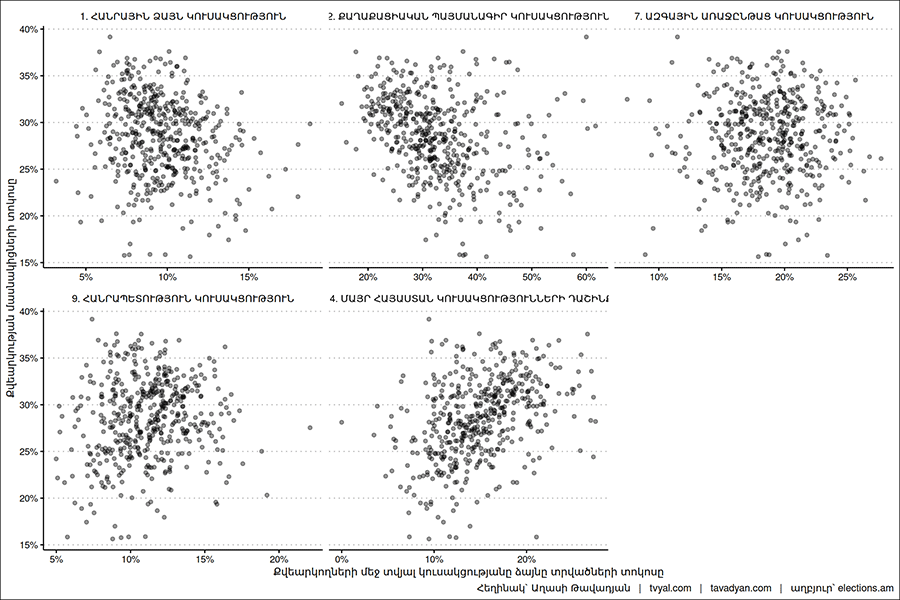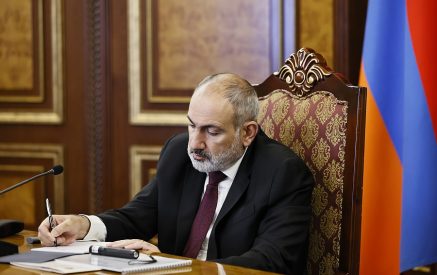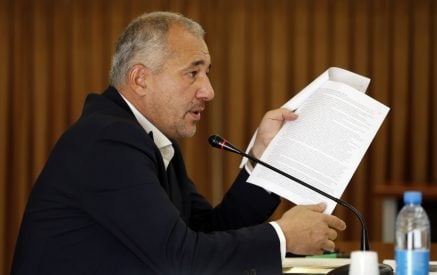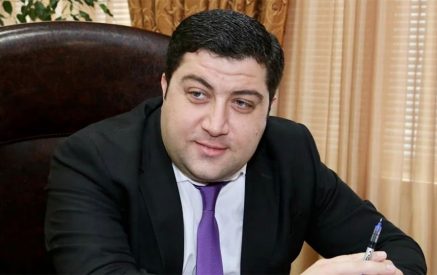The results revealed that five political forces had surpassed the necessary threshold, with the “Civil Contract” party leading the way with 32.57% of the vote. However, the overall voter turnout was only 28.46%, suggesting a significant portion of the electorate did not participate in the elections. To investigate potential fraud and voter disproportionality, the study employed a methodology that examined the relationship between the percentage of voters in each party and the percentage of votes they received.
The analysis revealed notable correlations for some candidates. Candidate 2 (Civil Contract) exhibited a negative correlation of -0.329, indicating that as the number of voters increased, their support decreased. Conversely, Candidate 14 (Mother Armenia Alliance) had a positive correlation of 0.390, suggesting that as the number of participants increased, so did their percentage of votes.
However, the overall distribution of votes appeared normal and symmetrical, with distinct peaks, indicating that no significant irregularities or fraud had occurred. In conclusion, while correlations were observed, they did not necessarily point to election rigging, and the study found no strong evidence of electoral manipulation.
Read also
Tvyal Newsletter





























































